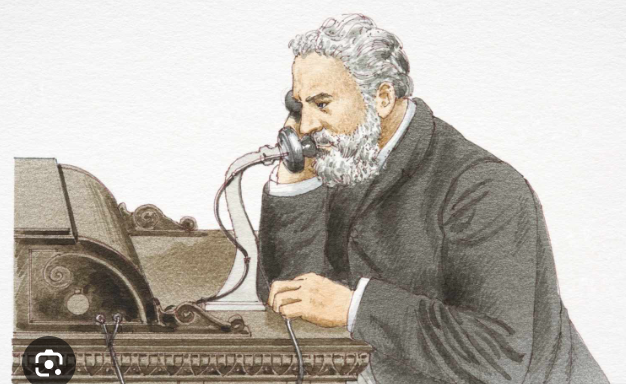
1877: The Beginning
In 1877, the first commercial/business phone was installed in Boston, Massachusetts. This marked the beginning of telecommunication’s role in connecting people, including during emergencies.
1883: Early Police Call Boxes
The first police call box was built in Washington D.C. in 1883, with Boston following soon after. These call boxes used telegraph technology with rotary mechanisms to send messages, providing a critical link for law enforcement.
1968: Birth of 911
The first 911 call center was established in 1968, either in Alabama or Los Angeles. This system aimed to provide a single, easy-to-remember number for emergency services, a concept already in use in Europe with the 999 number.
1981: Nationwide 911 Coverage
By 1981, the 911 emergency number was available in all 50 states, revolutionizing access to emergency services across the United States.
1982: Formation of NENA
The National Emergency Number Association (NENA) was established in 1982, advocating for the “One Nation, One Number” concept, which promoted the standardized use of 911 for emergencies nationwide.
2001: 9/11 and the Push for NG911
The 9/11 terrorist attacks highlighted significant communication issues, particularly the lack of data and coordination with fire departments. This tragedy spurred the conception of Next Generation 911 (NG911), aiming to integrate modern technology into emergency response.
2015: Official Launch of NG911
In 2015, NG911 was officially launched, enhancing the capabilities of emergency services with advanced features like text-to-911 and improved location tracking.
2024: Tennessee Leads with NG911 v3
By 2024, Tennessee is one of 17 states ready for NG911 version 3, which includes indoor mapping using Building Information Modeling (BIM) and streaming CCTV links, significantly improving emergency response capabilities.
From the first commercial phone to advanced NG911 systems, the integration of telecommunication and emergency services has continuously evolved. Each milestone reflects a commitment to enhancing public safety and response efficiency, paving the way for more sophisticated and effective emergency communication systems in the future.
